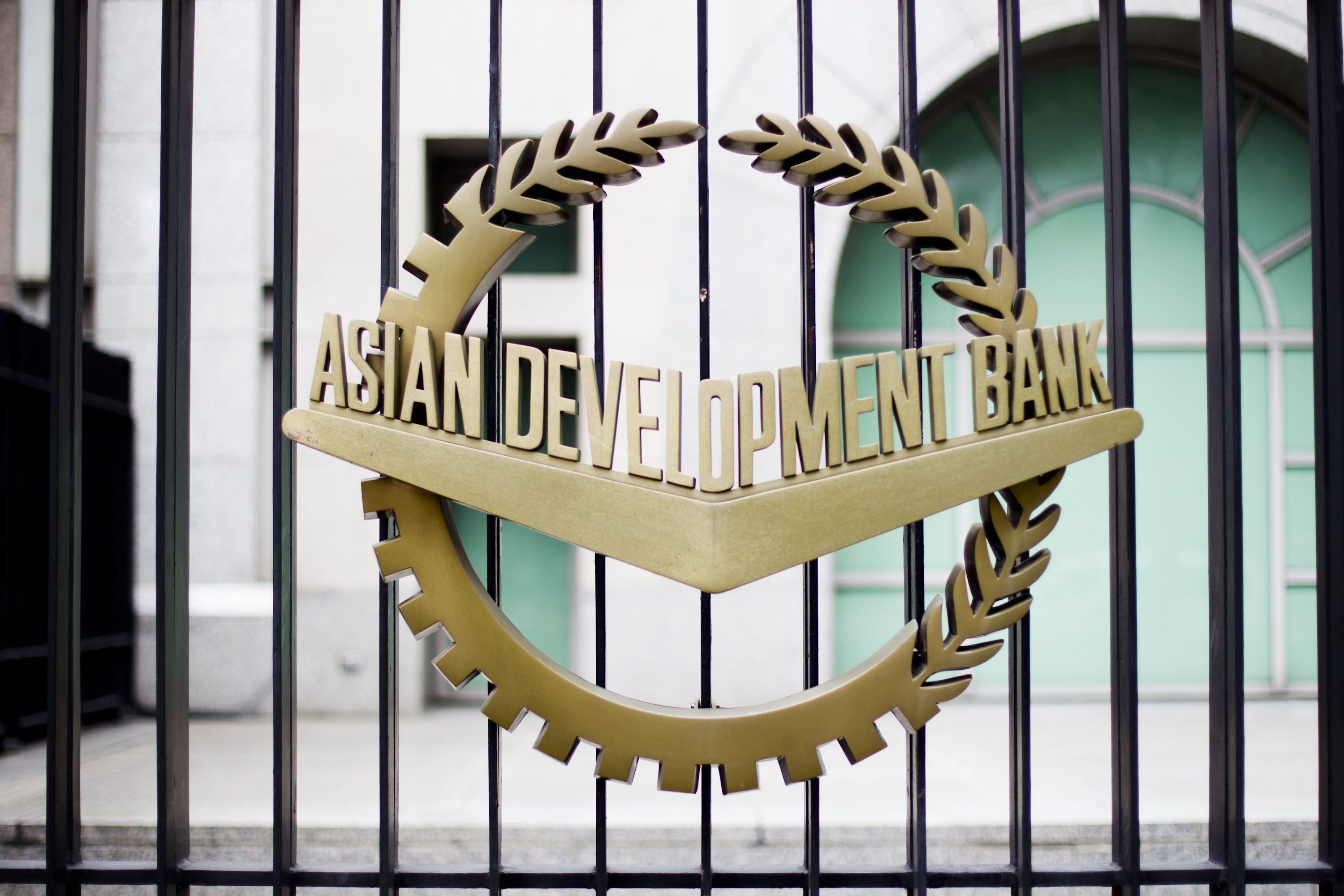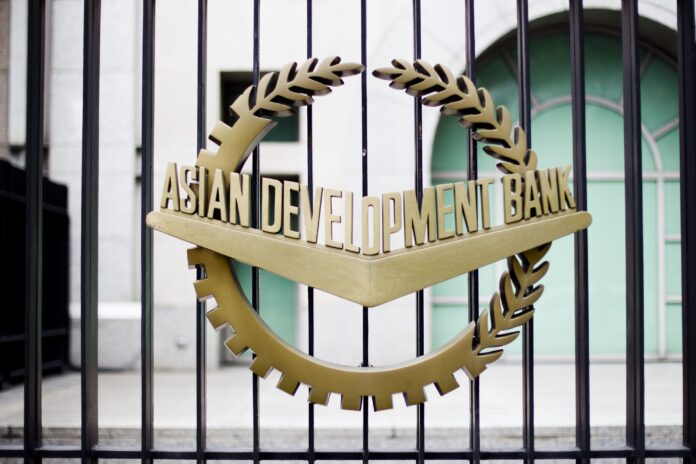
The closure of schools in the Philippines are costing Filipino students billions in their lifetime earnings, according to the Asian Development Bank (ADB).
In a special chapter of the Asian Development Outlook (ADO) 2021, the ADB estimated that loss in lifetime earnings of Filipino children could be as high as $36.138 billion under the “pessimistic” scenario.
The loss in lifetime earnings could reach $26.904 billion under the optimistic scenario and $30.696 billion in the intermediate scenario.
“The long-term effects of school closures on learning and earnings have been documented in previous settings, including World War II and the Chinese Cultural Revolution of 1966-1977,” the report stated.
“It will be many years from now before the precise effects of Covid-19 school closures on the actual earnings of today’s students will be fully observed. But current students can benefit from policy interventions that help abate their potential losses,” it added.
ADB said it has been established that a person’s earnings increase with more years of schooling. On average, the report stated that every additional year of schooling increases a person’s annual earnings by 9.7 percent.
However, given the closure of schools, ADB estimates that loss in earnings per student per year using current prices could be $155 under the pessimistic; $131 in the intermediate; and $115 in the optimistic scenarios.
This represents a decline of 4.5 percent in the earnings per student per year under the pessimistic; 3.9 percent in the intermediate; and 3.4 percent in the optimistic scenarios. The baseline earnings per worker per year used by ADB for the Philippines is $3,404.
The analysis, ADB said, only applies to pre-primary, primary, and secondary education. Tertiary students are excluded because they have already acquired basic skills at lower levels.
Some tertiary level students were already working while studying and the pandemic may have already cost them to lose their current incomes on top of future earnings.
“Unesco estimates that tertiary students are more likely to drop out of school during the pandemic than students in other education levels. So, because tertiary students are excluded in this analysis, the learning and earning losses are likely to be underestimated,” the report stated.
Schools in the Philippines have been closed for over 200 days, one of the longest recorded in the region. Schools in Myanmar and Indonesia have been closed for over 300 days, the longest in Southeast Asia.
ADB said school closures “mean students lose opportunities to learn vital cognitive, social, physical, and emotional skills. Students also tend to forget part of what they have learned when they take a break from school.”
While many schools in developing Asia adopted remote learning, ADB said the effectiveness of distance learning is limited, especially since the shift was done “at a moment’s notice.”
“Three reasons point to why remote learning strategies taken during the Covid-19 pandemic could be less effective than pre-pandemic distance learning—their unplanned nature, the involvement of younger-age children, and distractions at home that keep children from being able to focus on studying,” ADB said.
ADB said access to remote learning is a major challenge because of the need for equipment. Computer ownership and Internet access at home varies in the region.
In the Philippines, ADB data showed 23.8 percent of households own computers but only 17.7 percent have Internet access at home. Mobile phone ownership is higher at over 80 percent, while TV ownership is just below 80 percent of households.
In low middle-income countries like the Philippines, only 18 percent of households have a computer and 41 percent have Internet access at home. Owning mobile phones and television sets are higher but less in some low middle-income countries.
“Because of this and the relatively low computer ownership, online learning is likely being mainly done by mobile phone. Ministries of education in 15 economies in developing Asia have implemented programs to make remote education accessible through mobile phones,” ADB said.
In an Asian Development Blog released on Thursday, Macroeconomic Research Division Economic Research and Regional Cooperation Department Director Abdul Abiad and three other ADB economists said there are four ways to mitigate the damage from school closures.
The first is to bring Covid-19 under control to enable countries to return to in-person instruction and the second is to manage the reopening of schools to ensure that Covid-19 local transmission rates are sufficiently low.
The third is to ensure students catch up on lost learning such as through remedial lessons and the fourth, to improve the coverage and quality of remote instruction.
“Making these investments today will help minimize the cost of lost learning, ensure education systems emerge from this crisis stronger than before, and pay dividends long after the global pandemic ends,” the ADB economists said.
Read full article on BusinessMirror



